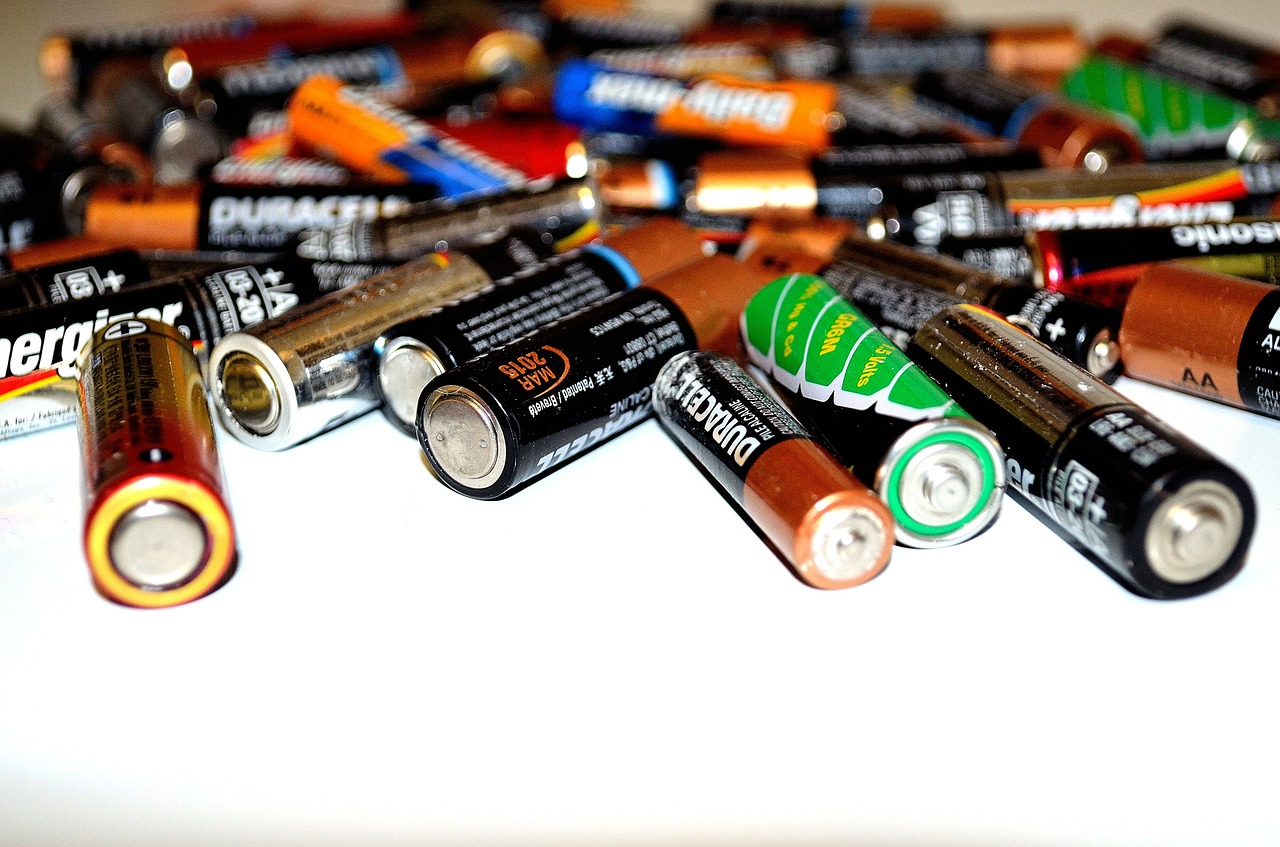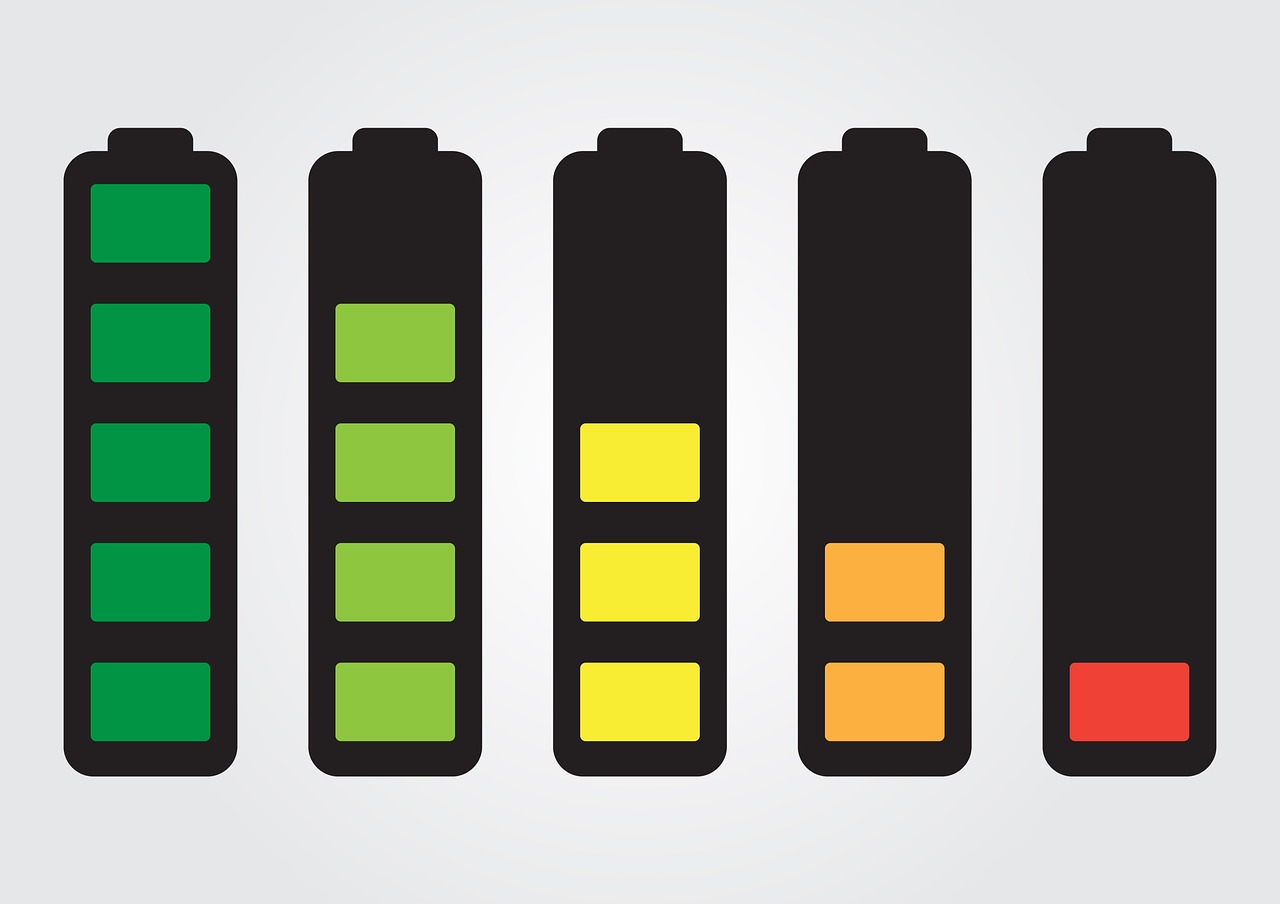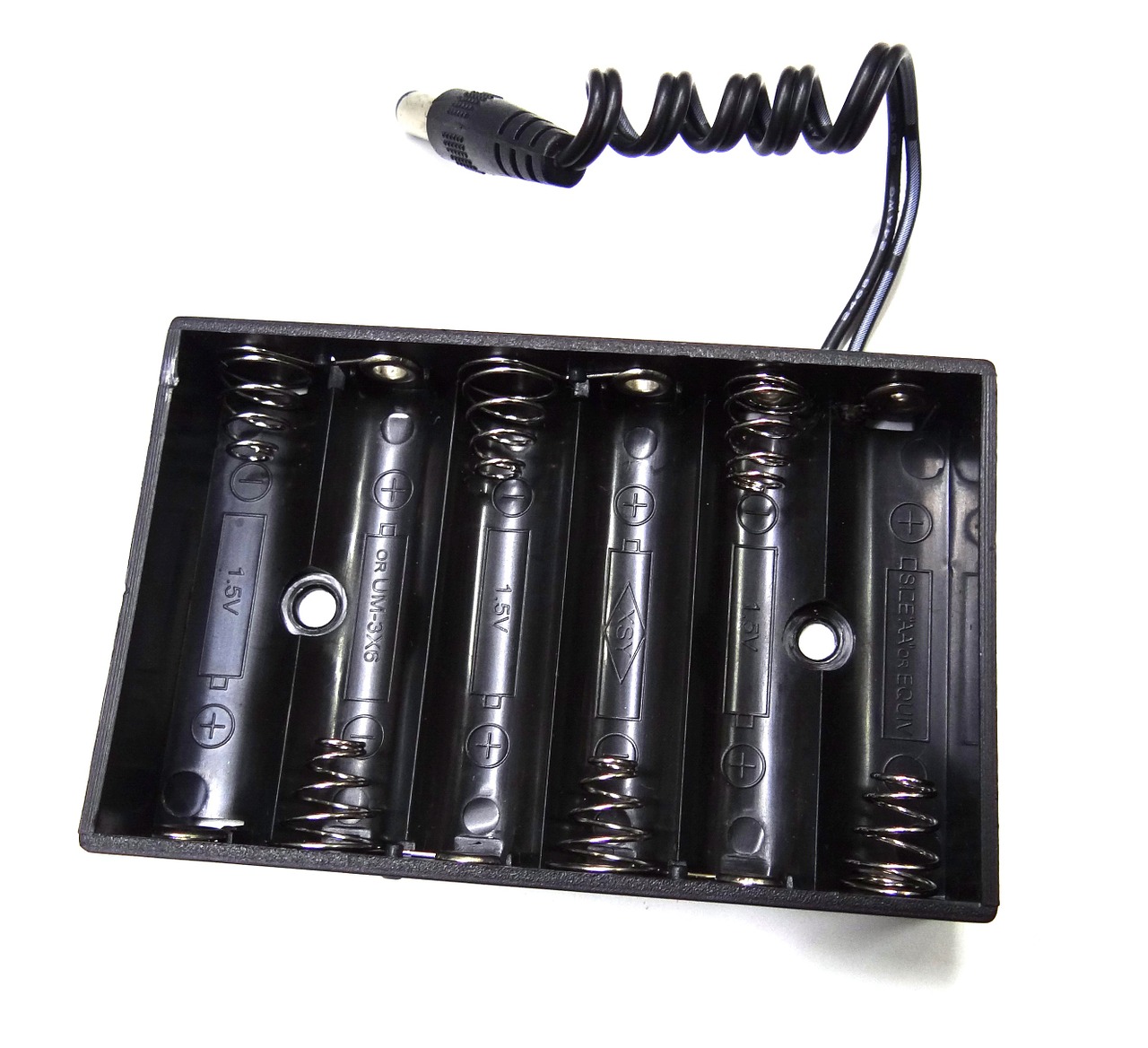How To Suck More Juice From Your Dead Batteries

I’m sitting in the Outdoor Revival office and I’m looking around my desk to see what battery powered items I’ve got to hand. I have an iPhone, laptop, digital camera, Kindle, Fitbit, wireless headphones, keyboard, mouse, walkie talkies, clock, telephone and probably a few other things that aren’t in line of sight…
Umm, lots of battery power going on here.
It is possible to live without all these electronic devices that many of us own, I know that I often think what a technology free life would be like, but we are so used to our electronics, it’s hard to let go of them and some are obviously useful in an emergency. I doubt any of us will give them up.

With so many devices running and so many batteries needed, it can be hard to have enough of the right batteries on hand when the devices run out of power, I get caught out now and then, ahh, too many AA’s and no AAA’s for my headlight! What would be good is if we could make batteries last longer. It would save money and, most importantly, you wouldn’t have to scramble for spare batteries in an emergency.
There are two types of batteries – rechargeable and single use, many of my devices are based on rechargeable batteries and my every day kit generally runs on rechargeables, but when I’m out and about I’m often reliant on single use batteries.
This article is about these single use kind and looks at extending the life of the batteries. So let’s look at the AA battery, what you learn about this kind of battery can be applied to all the small batteries. Be warned – this is going to get a little technical but not too bad; I’m sure you will be able to follow along fine.
The AA battery is commonly rated at 1.5 volts DC, but the newer batteries actually hold a little more and are 1.6 volts DC. Most of your devices use a single or a series of batteries; this is because the demands of our devices are not all the same.

Some need one battery, and some need three batteries to run them. As you run batteries in a series you get increased voltage, so if one battery is 1.5 volts DC, two batteries are 3 volts DC, and so on. Now when your device uses batteries, it is using the volts created in the battery.
The longer the device runs, the more chemicals are used up inside them, and the less voltage is available, until the batteries hit about 1.3 volts DC and your device stops working. Technically, your battery isn’t dead – it is simply not strong enough to run your device anymore.
So what can we do? Well, the answer is simple – increase the series, or simply add another battery to get the combined voltage back past 1.3 volts DC. Now, luckily, most modern devices can be powered up with an outside power source using a USB port. Most phones can be charged up via computers, for example. What you need to get is a battery pack that will hold a series of batteries, an intermediate connector, and a USB cord for plugging into your device.

With this setup you can make sure that your phone and other small devices are charged up even if they’re conected via USB.
You can buy battery packs that hold four or eight batteries for this purpose. It won’t produce too much power for your device, as all electronic devices have power regulators inside them to keep them from overloading. We are talking small devices here, like tablets and phones – there is a limit of how much power you can link up, but with the battery packs available you won’t be going over that limit.
These battery packs and the previously “dead” batteries will work until the batteries drop to 0.867 volts DC, and then they will have to be discarded and replaced. In practice it seems clumsy and messy, but if you need that phone in an emergency that extra power will be very important. This is about being ready and prepared in an emergency situation.
If you have any comments then please drop us a message on our Outdoor Revival facebook page
If you have a good story to tell or blog let us know about it on our FB page, we’re also happy for article or review submissions; we would love to hear from you.
We live in a beautiful world, get out there and enjoy it.
Outdoor Revival – Reconnecting us all with the Outdoors
